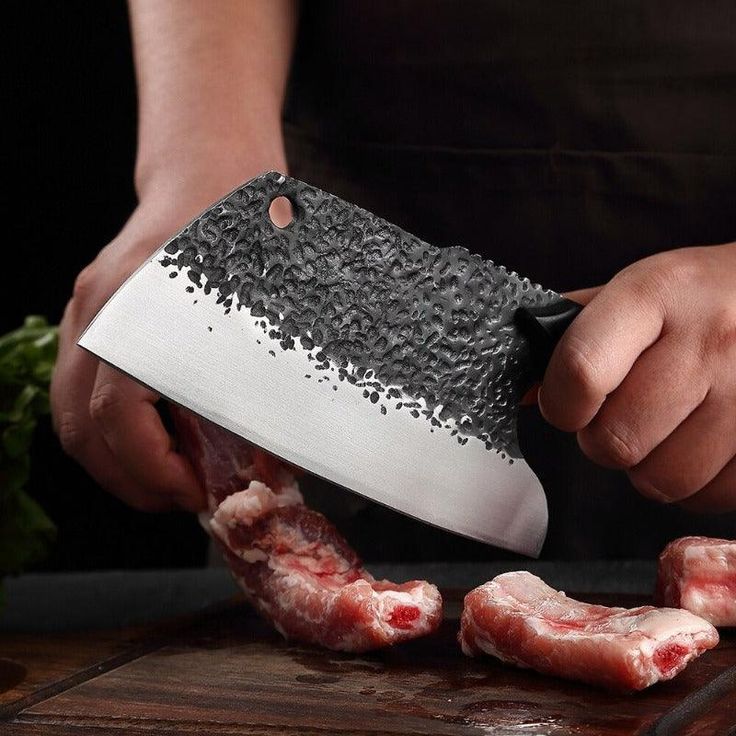When it comes to culinary tools, the kitchen knife holds a significant place. Understanding knife angles is crucial for both professional chefs and home cooks. One common question arises: what degree is the average kitchen knife? Grasping the answer to this question can enhance your cooking experience and ensure optimal knife performance.
In this article, we will explore the importance of blade angle, different types of kitchen knives, and how these factors contribute to a knife’s effectiveness in the kitchen. We’ll also discuss maintenance tips and the impact of proper sharpening angles on performance.
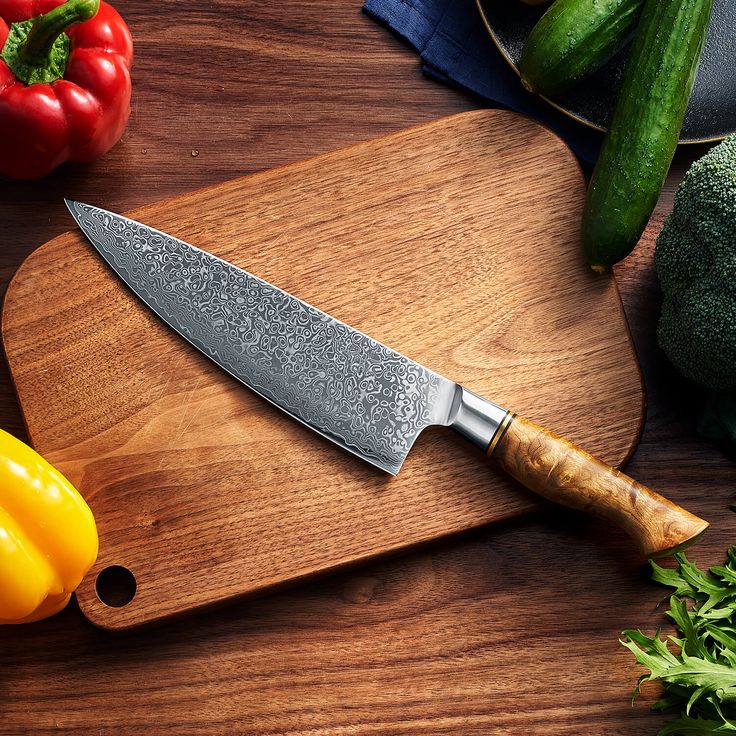
Understanding Blade Angle: Why It Matters
The angle of a knife’s blade, commonly referred to as the “bevel angle,” plays a vital role in determining its cutting efficiency and overall effectiveness. Understanding what degree is the average kitchen knife can significantly help you choose the right knife for your specific culinary needs. Typically, a kitchen knife’s angle ranges from 15 to 20 degrees, which effectively strikes a balance between sharpness and durability.
Knives with a lower bevel angle, around 15 degrees, are generally sharper and better suited for precision tasks, such as slicing vegetables or delicate meats. These knives excel at cutting through items effortlessly due to their fine edge. However, because they are sharper, they may become dull more quickly and require more frequent sharpening. Conversely, knives with a higher bevel angle, like 20 degrees, may not slice as smoothly but offer enhanced sturdiness. This sturdiness makes them more effective for chopping and heavy-duty tasks, where durability is essential.
Understanding the nuances of blade angles helps you select the right knife and improves your cutting skills. Knowing what degree is the average kitchen knife establishes a baseline for evaluating other knives you might encounter, ensuring that you make informed decisions in your kitchen.
Exploring Different Knife Varieties
The culinary world offers various types of kitchen knives, each designed for specific tasks. While every knife holds its unique angle, it’s crucial to understand the average angle when asking what degree is the average kitchen knife.
- Chef’s Knife: This versatile knife is a staple in any kitchen, typically featuring a 20-degree angle. It excels in slicing, dicing, and mincing a variety of ingredients, from vegetables to proteins.
- Paring Knife: With a more acute angle of around 15 degrees, the paring knife is perfect for intricate tasks like peeling and coring fruits and vegetables. Its sharp edge allows for precise control.
- Serrated Knife: Commonly around a 15-degree angle on its serrated edges, this knife specializes in cutting through crusty bread or soft tomatoes without squashing them.
- Fillet Knife: Designed for handling fish, this knife usually has a 15-degree angle for precision cutting and flexibility, making it easier to remove skin and bones.
When considering what degree is the average kitchen knife, take into account these various knife types. Each knife’s angle suits its specific purpose, ensuring optimal performance across different culinary tasks.
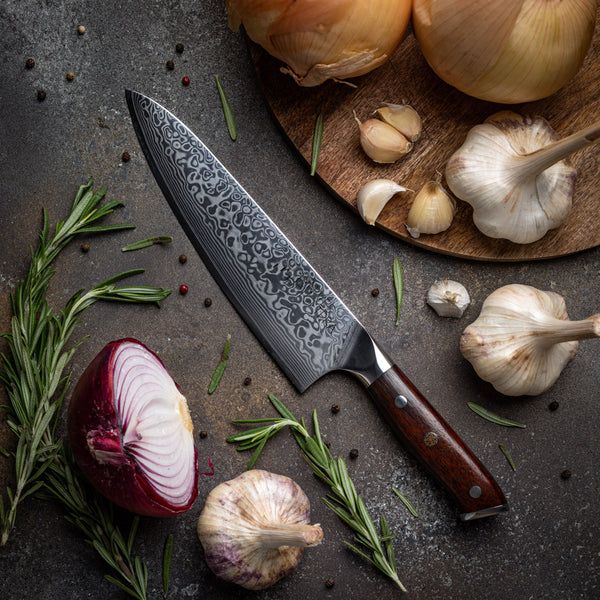
The Importance of Proper Sharpening
Proper knife sharpening directly correlates with the angle and performance of the blade. To maintain your knife’s effectiveness, you need to keep its bevel angle at the ideal degree for its intended use. Understanding what degree is the average kitchen knife helps you regulate not only how often but also how you sharpen your knife. This knowledge ensures your knives will perform optimally during culinary tasks.
Many sharpening tools are available, such as whetstones and electric sharpeners, which allow for adjustments for different bevel angles. Regular honing also plays a crucial role in maintaining that razor-sharp edge. A honing rod helps realign the blade’s edge, ensuring it continues to cut effectively. However, honing alone does not replace the need for proper sharpening. Over time, blades naturally dull and will require a thorough sharpening to restore their cutting ability.
When sharpening knives, many people overlook the importance of maintaining the correct angle. Failing to adhere to the average angle of 15 to 20 degrees can lead to a poorly performing edge or uneven sharpening. Inconsistent sharpening angles can harm the knife’s durability, resulting in an undesirable cutting experience. Prioritizing proper sharpening techniques enhances not only the knife’s lifespan but also elevates your cooking capabilities.
Factors Affecting Blade Angle
When discussing what degree is the average kitchen knife, it’s essential to consider factors that affect this angle’s practicality and effectiveness. Blade material, construction, and intended use can influence how a knife performs over time.
Blade Material
The material from which the blade is forged significantly impacts its ability to hold an edge. High-carbon stainless steel provides excellent durability and rust resistance, allowing for various angles while retaining sharpness. Less expensive materials may not hold angles as effectively, leading to a decrease in performance.
Knife Construction
The construction style also matters. Forged knives often provide superior strength and performance when compared to stamped knives. These differences affect how well a knife maintains its bevel angle, thus impacting cutting efficiency.
Intended Use
Ultimately, the knife’s intended use influences blade angle as well. Various culinary techniques, such as slicing, chopping, or carving, require different angles to enhance switch efficiency. As you evaluate knives, consider the types of tasks you typically perform in the kitchen.
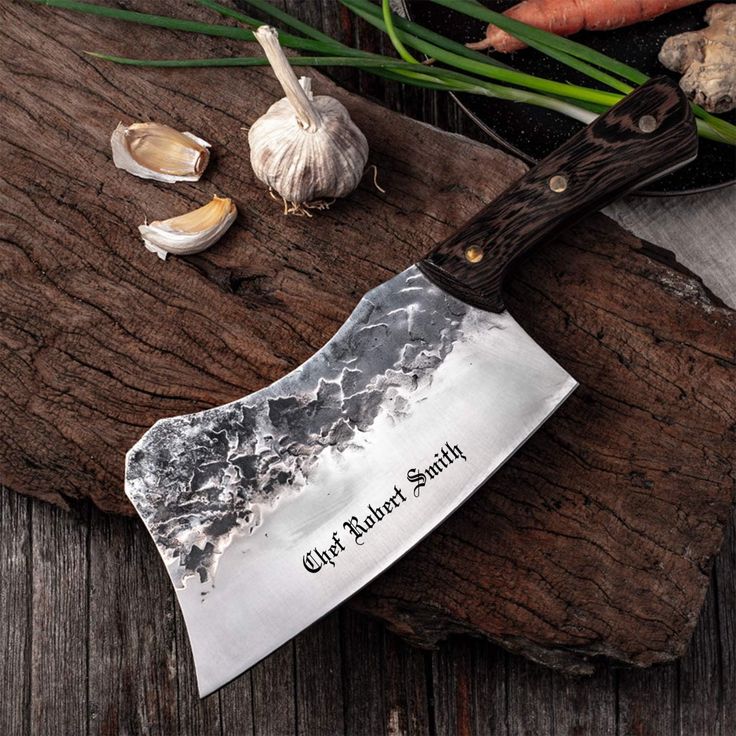
Recognizing Symptoms of a Dull Knife
After understanding what degree is the average kitchen knife, it’s important to recognize when knife performance begins to decline. A dull knife can lead to poor cutting experiences and increase the risk of accidents. You may notice several telltale signs:
- Rough Cuts: When chopping or slicing becomes increasingly difficult, and you notice jagged edges on fruits or vegetables, it might be time for sharpening.
- Increased Effort: If using more force becomes necessary for cutting, take this as a clear indication of dullness.
- Tattering: A dull knife can lead to tearing instead of clean cuts, especially with delicate ingredients like herbs or soft tomatoes.
- Lack of Control: When you find it difficult to control your knife movements, it may be a sign that regular maintenance is required.
Monitoring these signs will help you maintain the proper performance of your kitchen knives and ensure that you adapt them back to the average bevel angle.
Regular Maintenance for Longevity
Regular maintenance is crucial for extending the life of your kitchen knives and keeping them at their optimal angle. Incorporating care routines into your culinary practices can significantly alter your knife performance over time.
- Washing: Always hand wash your knives instead of placing them in the dishwasher. High heat and moisture can damage both the blade and the handle materials.
- Drying: After washing, dry knives thoroughly to prevent corrosion. Moisture can lead to rust, which impacts not just aesthetics but functionality.
- Storing: Proper storage is key. Rather than tossing knives in a drawer, use magnetic strips or blocks to protect the blades. This organization allows for ease of access while preserving the bevel angle.
- Sharpening: Implement a regular schedule for sharpening based on usage frequency. Depending on your cooking habits, you may need to sharpen your knives every few months or more frequently for heavy use.
In understanding what degree is the average kitchen knife, you adopt a proactive approach to maintaining your knives and ensuring they perform effectively throughout their lifespan.
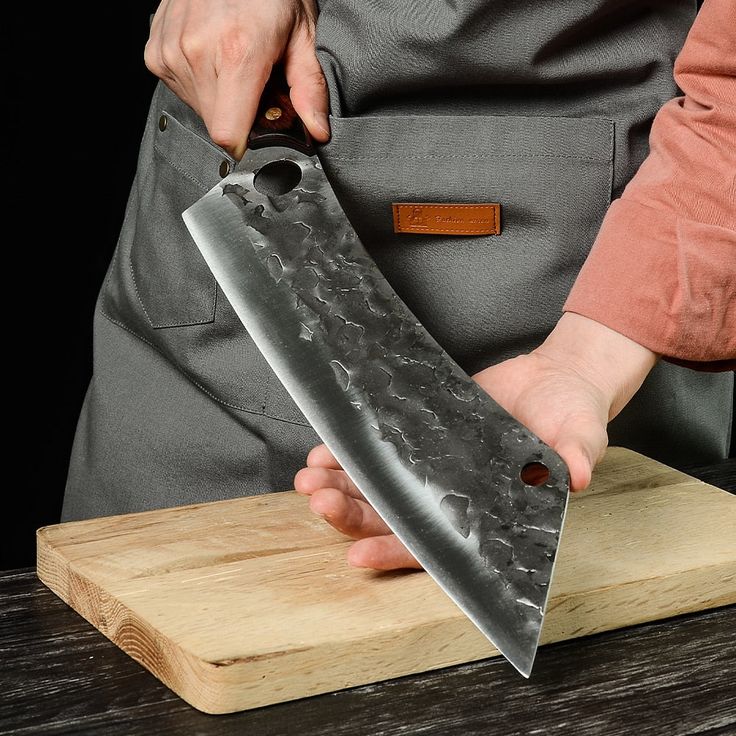
Choosing the Right Knife for Your Needs
Understanding the specific angles associated with your preferred knives allows you to choose the right tools for your culinary needs. Selecting the correct knives will enhance both your efficiency and enjoyment in the kitchen.
When selecting a knife, analyze your cooking habits and the tasks that you perform most often. If you typically slice meats, consider investing in a good-quality chef’s knife with a 20-degree angle. Alternatively, if your culinary focus revolves around vegetables or fruits, a paring knife might serve you better with its sharper, 15-degree angle.
Paying attention to knife angles could lead you to tailor your kitchen knife selection to suit your cooking style. Ultimately, understanding what degree is the average kitchen knife becomes a guiding principle in your knife purchasing process, ensuring that you choose the best tools for your unique culinary journey.
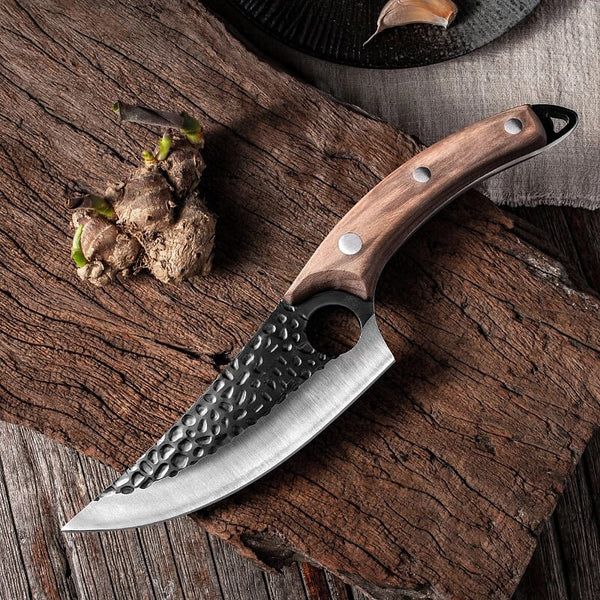
Conclusion
In conclusion, understanding what degree is the average kitchen knife can elevate your cooking game significantly. Factors such as blade angle, material, construction, and intended use shape your knife selection and performance. Regular maintenance ensures longevity, while sharpening and honing keep your knives performing at their best.
Investing in the right kitchen knives, tailored to your culinary habits and understanding their proper angles, empowers you to tackle any recipe with confidence. By applying these principles, you unlock the full potential of your kitchen knives, transforming your cooking experience into one that is efficient, enjoyable, and precise. Remember that a well-maintained knife not only enhances your cooking skills but also makes the entire culinary experience more rewarding.
